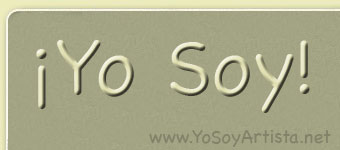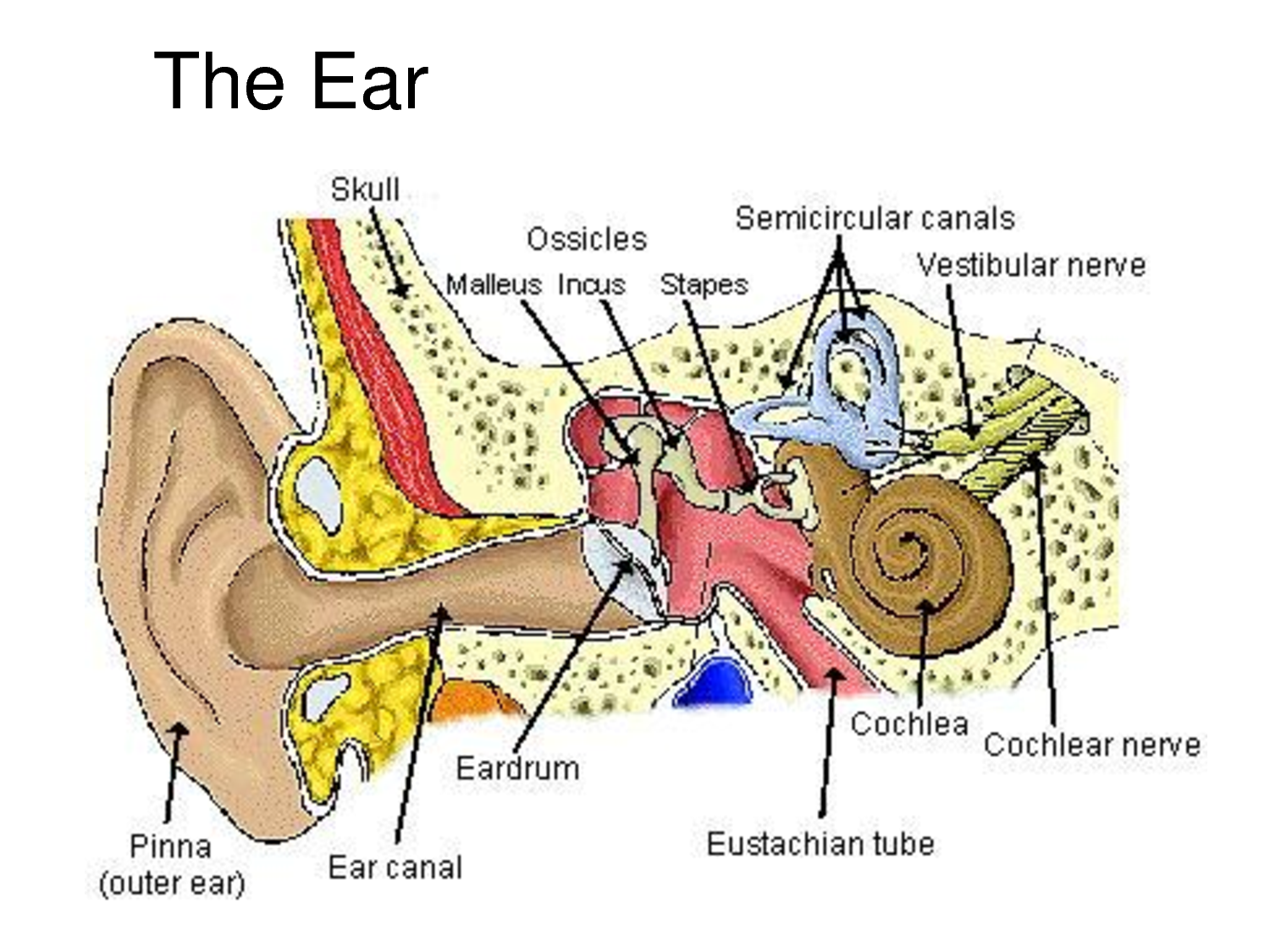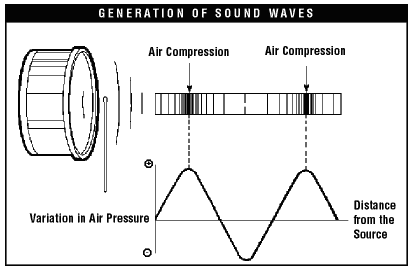
Music to the Ears
Trio
In music, a trio (derived from the Italian "trio" meaning "threesome") is a method of instrumentation or vocalization by three different sounds or voices to make a melodious music or song.
In classical music, and more specifically, chamber music, 'trio' may denote a piece for three instruments or voices . Common forms of such trios include the "piano trio" — piano, violin and cello — and the "string trio" — violin, viola and cello.
'Trio' also occurs in the name for the musical form trio sonata, which was popular in the 17th and early 18th centuries. A trio sonata is written for two solo melodic instruments and basso continuo, making three parts in all, hence the name trio sonata. However, because the basso continuo is usually made up of at least two instruments (typically a cello or bass viol and a keyboard instrument such as the harpsichord), performances of trio sonatas typically involve at least four musicians.
Quratet
In music, a quartet or quartette (French: quatuor, German: Quartett, Italian: quartetto, Spanish: cuarteto, Polish: kwartet) is an ensemble of four singers or instrumental performers; or a musical composition for four voices or instruments.
In Classical music, the most important combination of four instruments in chamber music is the string quartet. String quartets most often consist of two violins, a viola, and a cello. The particular choice and number of instruments derives from the registers of the human voice: soprano, alto, tenor and bass. In the string quartet, two violins play the soprano and alto vocal registers, the viola plays the tenor register and the cello plays the bass register.
Composers of notable string quartets include Joseph Haydn (68 compositions), Wolfgang Amadeus Mozart (23), Ludwig van Beethoven (17), Felix Mendelssohn (6), Franz Shubert (15), Johannes Brahms (3), Antonín Dvořák (14), Alexander Borodin (13), Béla Bartók (6), and Dmitri Shostakovich (15). The Italian composer Luigi Boccherini (1743–1805), wrote more than 100 string quartets.
Less often, string quartets are written for other combinations of the standard string ensemble. These include quartets for one violin, two violas, and one cello, notably by Carl Stamitz (6 compositions) and others; and for one violin, one viola, and two cellos, by Johann Georg Albrechtsberger and others.
Solo
n music, a solo (from the Italian: solo, meaning alone, even though assolo is now used in Italy when referring to the musical solo) is a piece or a section of a piece played or sung by a single performer. In practice this means a number of different things, depending on the type of music and the context.
The word is also used for the act of performing a solo, and sometimes for the performer (more often a soloist).
The plural is soli or the anglicised form solos. In some context these are interchangeable, but soli tends to be restricted to classical music, and tends to refer to either the solo performers or the solo passages in a single piece: it would not often be used to refer to several pieces that happen to be for single performers. Furthermore, the word soli can be used to refer to a small number of simultaneous parts assigned to single players in an orchestral composition. In the Baroque concerto grosso, the term for such a group of soloists was concertino.
Duet
A duet is a musical composition for two performers. In classical music, the term is most often used for a composition for two singers or pianists; with other instruments, the word duo is also often used. A piece performed by two pianists performing together on the same piano is referred to as "piano duet" or "piano four hands". A piece for two pianists performing together on separate pianos is referred to as a "piano duo".
"Duet" is also used as a verb for the act of performing a musical duet, or colloquially as a noun to refer to the performers of a duet. The word is also occasionally used in reference to non-musical activities performed together by two people.
In Renaissance music, a duet specifically intended as a teaching tool, to be performed by teacher and student, was called a bicinium.


